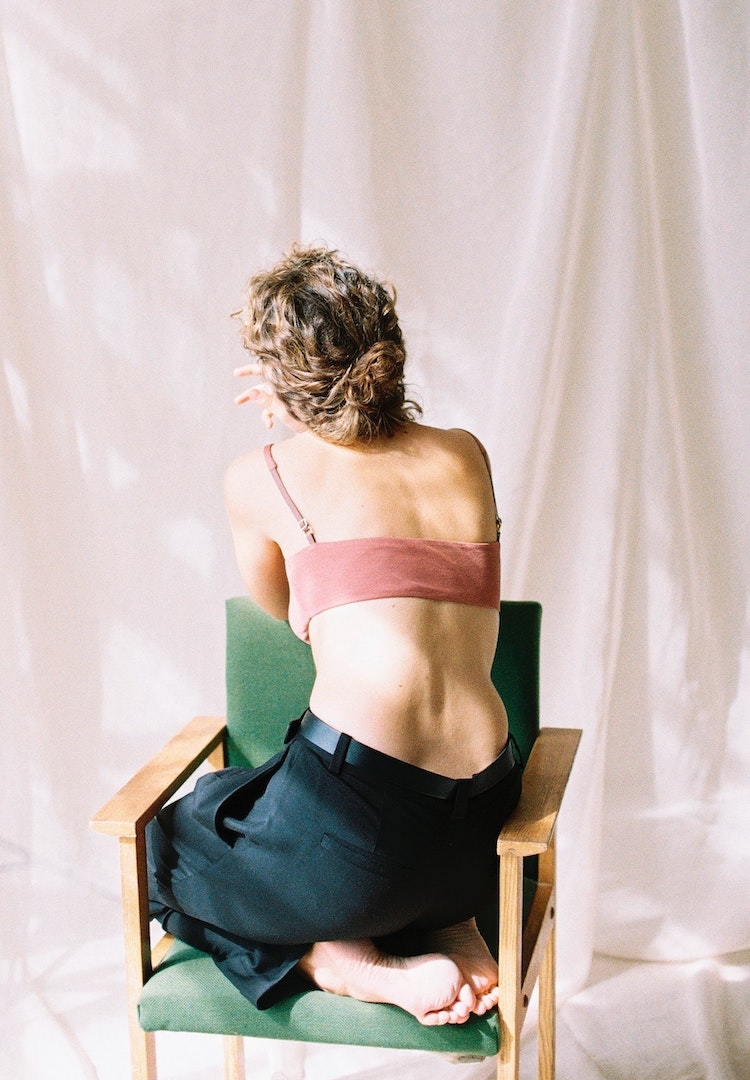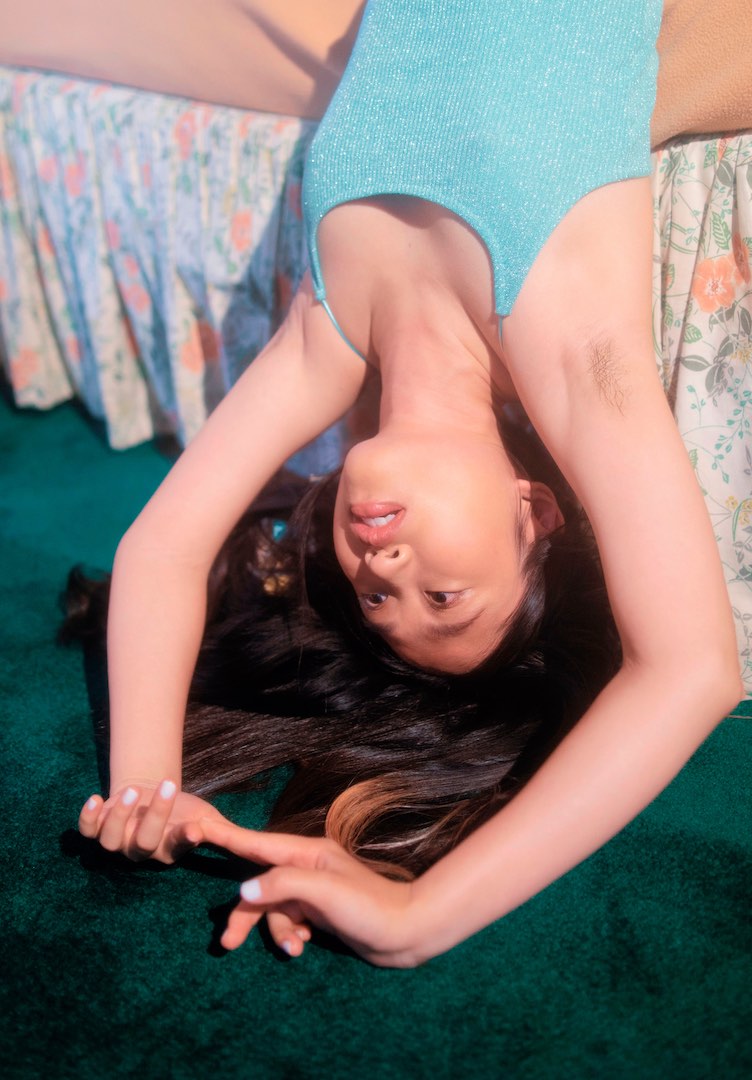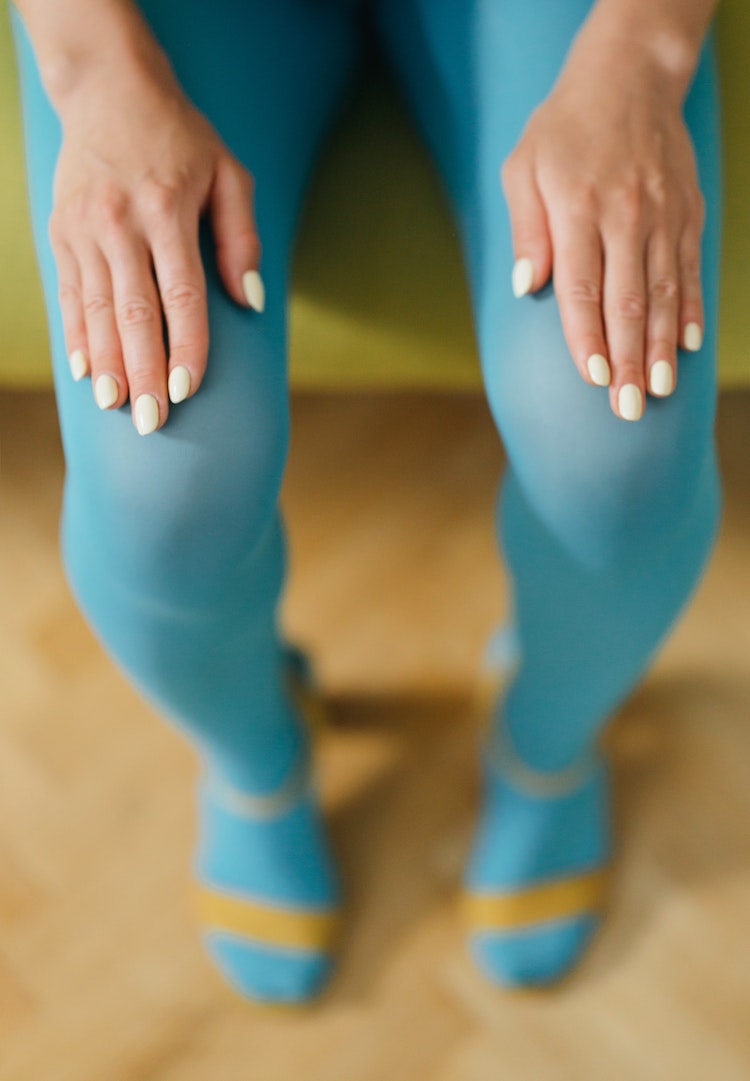I need to wee all the time, how do I treat an overactive bladder?
Words by Hannah Cole
Wee-ning yourself off the habit.
I am that friend: the one who is always seeking a toilet, running for the ‘final wee’ after work and breaking the seal way too early. Pour me a tea, and I’ll ask where the bathroom is within the hour. Anyone with similar bladder behaviours will know how mildly infuriating it can be.
For a while I’ve been harbouring suspicions – however rational – there could be something horrifically wrong with me. At the very least, it’s an insistent problem that‘s impacting my day-to-day life.
Interested to hear how others navigate the world? Head to our Life section.
Keen for a little enlightenment, I spoke with Alex Lopes, Director at Pelvic Health Melbourne to see if my overactive bladder and I could get some answers.
What is an overactive bladder?
As Alex stresses at the beginning of our conversation, “it’s a bladder condition, not a pelvic floor condition.” So often confused, an overactive bladder is related to urgency and frequency, with the bladder contracting when it isn’t necessarily full. You might have an overwhelming urge to wee with difficulty holding, which can arrive during the day and night.
The normal bladder, she explains, “works like a petrol tank.” It has a sensor and, at a certain point, will send a message to the brain indicating its fullness. Then it’s up to us to defer going to the toilet if it’s inconvenient, or go to the toilet and allow the bladder muscle to contract and empty.
In the case of an overactive bladder (OAB), the muscle contracts prematurely. “The first sign is you feel it in your wee tube, not in your belly,” Alex explains, which is what leads to that feeling of urgency. “The tap has been turned on before you’ve got to the toilet.”
It means that when people with an OAB inevitably do go, there is often a gush of pressure from the back instead of a steady flow.
Alex also notes she sees some patients who go to the toilet every half an hour. The ‘normal’ frequency is every two to three hours if you are drinking 1.5 to two litres each day.
What causes an overactive bladder?
For some, it’s a genetic condition they’re born with (known as primary OAB). Others experience an OAB on a secondary level, say, after having a baby or as a result of IBS. Then there’s the “urgency” condition which, Alex tells me, “is absolutely habitual.”
We build these habits over time, like my end-of-day bathroom routine prior to leaving the office. Just like Pavlov’s famous dog (and Dwight Schrute’s subsequent need for a mint on the PC restart sound), I hear computers shut, and my senses tell me it’s time to dash.
According to a recent question posed by Pelvic Health Melbourne on Instagram, 70 per cent of respondents shared they urinate in the shower. This can become a trigger itself, warranting a release as soon as the tap is turned on.
Maybe you feel the desperate urge on your way to the toilet, busting to close the door and barely making it in time. Ingestible triggers – caffeine, alcohol and artificial sugars – can also influence this pulsating need (although, as Alex points out, only 40 per cent of humans have caffeine-related receptors on the bladder, so you may not need to cut it out).
Anxiety is another big offender here. Worried about potential leakage or not being able to find a bathroom (I’ll admit, it’s a concern), an OAB can become a mental health concern. The ‘just in case’ wee taunts us.
Wee-ning yourself off the habit
In the case of habitual toileting, treatment is relatively simple: we retrain it. “Don’t go. Wait til the urge goes,” notes Alex. This is easier said than done, but there are seven techniques that can really assist (it’s true! I tried them).
Your body is your best tool here. Use your pelvic floor to contract-relax-contract-relax, cross your thighs, or curl and release your toes. You might rub the back of the sacrum, push the back of your thighs into the table or rub the skin between your upper lip and nose. Also consider distraction techniques, like counting backwards from 100 in lots of seven, for example.
“If you don’t go, [your bladder] will actually stop contracting after two minutes,” shares Alex. But consistency is key! Like any muscle, your bladder needs rigorous and repetitive training.
These strategies help when anxiety comes into play, too. Here, it’s about building confidence and ensuring safe feelings. Stop going ‘just in case,’ and tell yourself, “No, I can do this. I know I can last and I know I can hold the urge with my strategies.”
It all comes down to “time and confidence,” says Alex.
Of course, these solutions won’t work for everyone, depending on the type of OAB and the thickness of the bladder wall and muscle. If you’ve tried the above strategies and it’s not settling, seek advice and treatment from a pelvic health physio. They might also prescribe medication to calm the bladder’s contracting. As Alex notes, this gives you a better chance to train, setting you up for greater success.
In my research, I quickly realised this isn’t something I’ve ever seriously spoken about with friends before. We joke that I’m always dashing to the bathroom, but the conversation ends there. We keep toilet chatter behind very tightly locked bladders.
But normalising the issue, and working through its impact, is so much more effective in the open. Toilet humour has its place, so how about toilet reality?
“It’s completely improvable,” finishes Alex. There is hope for me yet.
For more on bladder health, head here.










